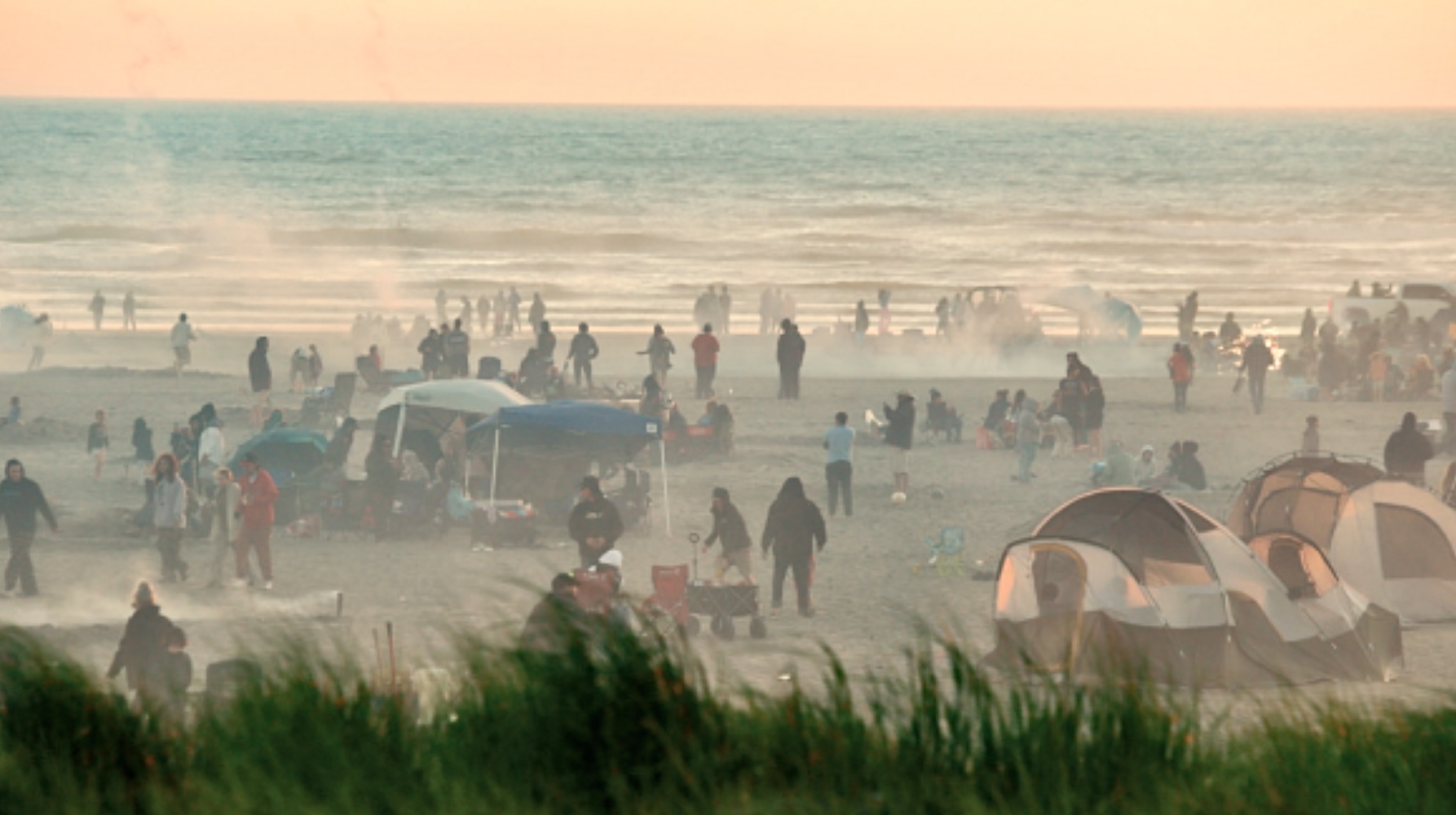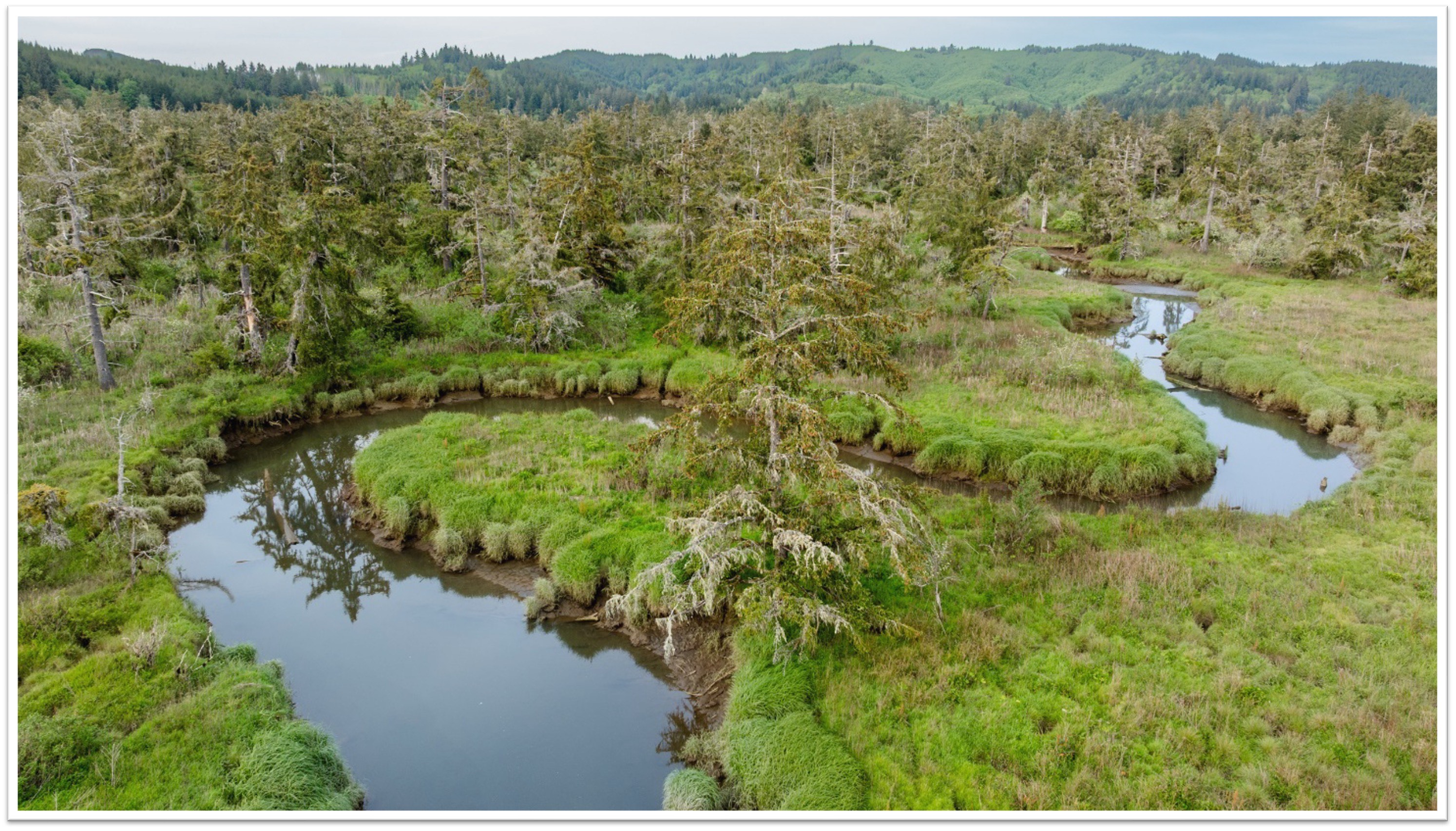Pacific lamprey returns eclipsing other years
Published 9:47 am Thursday, September 28, 2023

- Pacific lampreys pass through Bonneville Lock and Dam using fish ladders and special ramp-like lamprey passage structures and seen here through viewing windows at the Bradford Island Visitor’s Center, July 6, 2023. An ancient, eel-like fish species, they are seeing returns 170% higher than the 10-year average at Bonneville Lock and Dam this year.
COLUMBIA RIVER — Pacific lamprey — an ancient, eel-like fish species — are seeing returns 154% higher than the 10-year average at Bonneville Lock and Dam this year. Lamprey numbers are also 252% higher than the four-year average, according to biologists responsible for reporting the number of fish counted as they migrate upstream past mainstem Columbia and Snake River dams.
So far, fish counters have tallied 63,863 lampreys moving through the fish ladders during the daytime at Bonneville as their migration wound down in mid-September. The 10-year average daytime fish ladder count total is 41,414. U.S. Army Corps of Engineers (USACE) biologists are optimistic about the numbers they’re seeing.
“We have seen some improvements in lamprey passage success at some dams, thanks to ongoing efforts to modify fishways to make them more “lamprey friendly,” said Sean Tackley, a Northwestern Division, Fish Policy and Program manager. “Our Tribal and federal partners have been critical in helping us make these improvements, and the Tribes continue to lead lamprey restoration efforts throughout the Columbia Basin” said Tackley.
Important species
Many now recognize Pacific lamprey for both their ecological and cultural significance in the Columbia River Basin. The Columbia River Inter-Tribal Commission notes that the fish, “provided an important source of food for the tribes of the Columbia River Basin, who prized them for their rich, fatty meat. They were served alongside salmon at tribal feasts and celebrations.”
Lamprey are also very active at night and pass via special ramp-like lamprey passage structures, so daytime counts are just minimum estimates. Additionally, tribal biologists collect many lampreys at Bonneville for upstream transport to tributaries such as the Umatilla, Clearwater and Yakama rivers. USACE staff estimate the actual total number of lampreys passing the dam this year is probably closer to 165,314.
“Although we’re encouraged by this year’s numbers, we know a lot of this is driven by ocean conditions and food availability in the Pacific Ocean,” stated Tackley. “These kinds of years motivate us all to continue to do what we can to help these important fish.”
Long project
Since the 1990s, USACE has used funding to study lamprey passage behavior, develop new and effective passage structures and modify fish ladders at the eight lower Columbia and lower Snake River dams so they work for both salmon and lamprey. These efforts have included Tribes and several other federal gencies.
“Providing safe mainstem passage is essential for lampreys to fulfill the integral role they play in maintaining healthy ecosystems,” said Christina Wang, deputy project leader and longtime lamprey biologist at the Columbia River Fish and Wildlife Conservation Office.
So far, most of the USACE work has focused on fixing adult lamprey passage at the dams, but agency biologists are also now studying downstream passage of juvenile and larval lamprey at the dams so they can better understand how operations and structures may affect passage and survival of these life stages.






